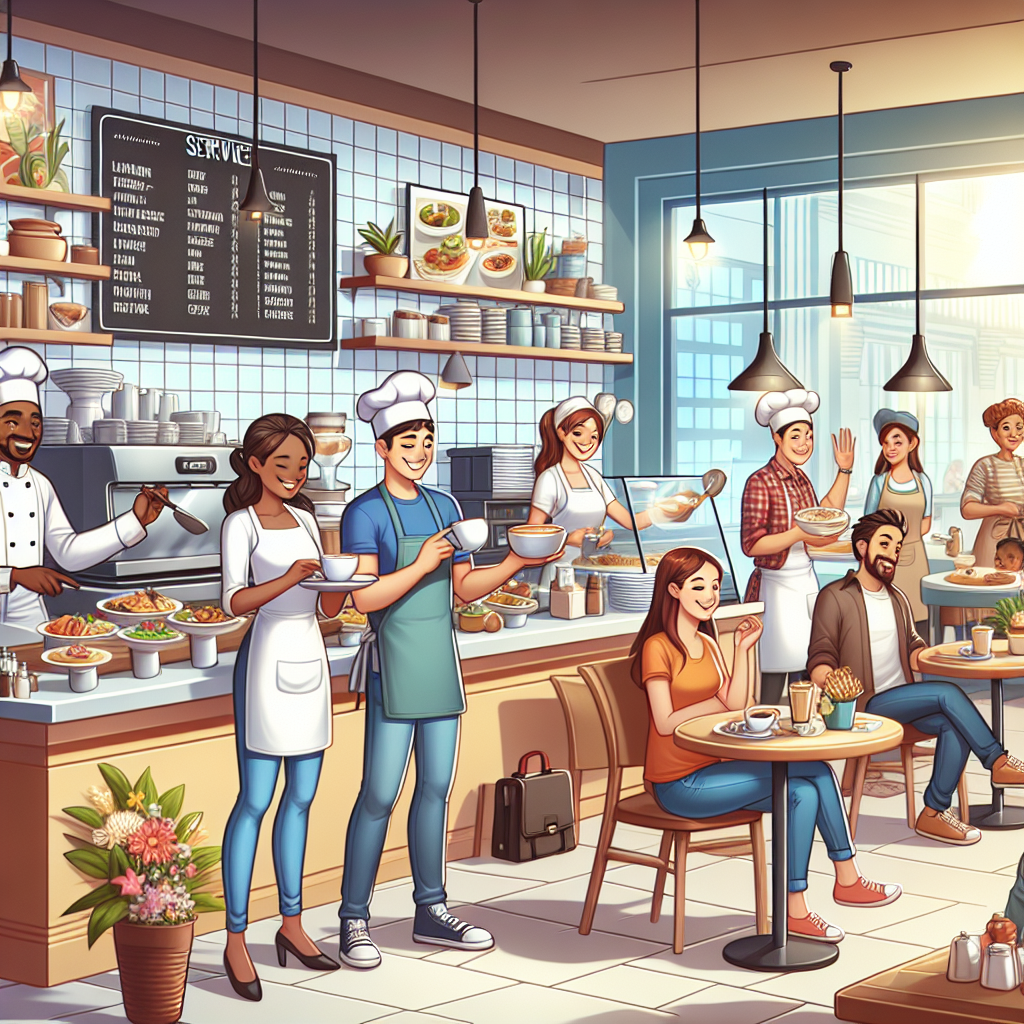The Rise of Meal Kit Services
The meal kit industry has experienced significant growth in recent years, with companies like Blue Apron, HelloFresh, and Home Chef leading the way. These services offer customers a convenient way to cook meals at home without the hassle of grocery shopping. Customers can choose from a variety of recipes, and the ingredients are delivered right to their door. This trend has been driven by busy lifestyles and a desire for healthier, home-cooked meals.
Market Share and Volumes
According to a report by Statista, the meal kit market is expected to reach $19.92 billion by 2027, growing at a CAGR of 12.8% from 2020 to 2027. Blue Apron currently holds the largest market share, followed by HelloFresh and Home Chef. These companies have seen steady growth in subscribers and revenue over the past few years.
Challenges for Restaurants
The rise of meal kit services has presented a challenge for traditional restaurants. As more consumers opt to cook at home, restaurants have seen a decline in dine-in and takeout orders. Many restaurants have had to pivot their business models to offer meal kits or delivery services to compete with the convenience of meal kit services.
How Restaurants Are Competing
Restaurants have been forced to innovate and adapt to the changing landscape of the food industry. Many have started offering meal kits as a way to bring in additional revenue and attract customers who prefer to cook at home. These meal kits often feature signature dishes or popular menu items that customers can recreate in their own kitchens.
Financial Impact
Restaurants that have successfully implemented meal kit services have seen a positive financial impact. By selling meal kits, restaurants can reach a wider audience and tap into the growing market of consumers who prefer to cook at home. This additional revenue stream has helped offset losses from dine-in business and has kept many restaurants afloat during challenging times.
Future Plans and Innovations
Looking ahead, restaurants are continuing to innovate and find new ways to compete with meal kit services. Some restaurants are partnering with meal kit companies to offer exclusive recipes or branded meal kits. Others are investing in technology to streamline the ordering and delivery process for their meal kits.
Case Study: Local Restaurant A
Local Restaurant A, a family-owned establishment in a small town, faced declining sales due to the rise of meal kit services. To compete, they launched their own line of meal kits featuring their most popular dishes. Customers could order the meal kits online or pick them up at the restaurant. The response was overwhelmingly positive, with many customers praising the convenience and quality of the meal kits. Local Restaurant A was able to increase their revenue and attract new customers who had never dined at the restaurant before.
Conclusion
In conclusion, the rise of meal kit services has presented a challenge for traditional restaurants, but many have found ways to compete and thrive in this new landscape. By offering meal kits, restaurants can reach a wider audience and tap into the growing market of consumers who prefer to cook at home. As the food industry continues to evolve, restaurants will need to continue to innovate and adapt to stay competitive.


